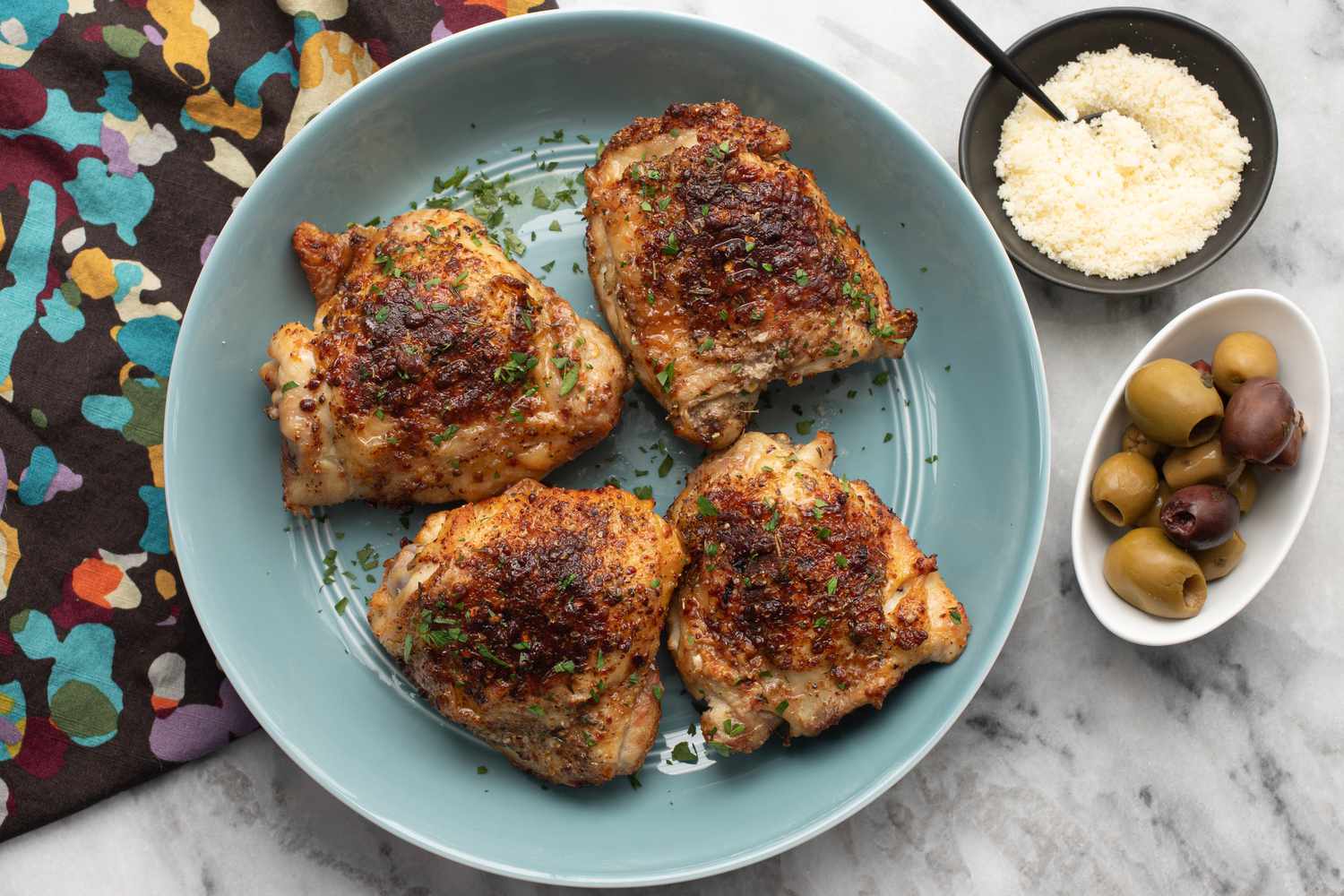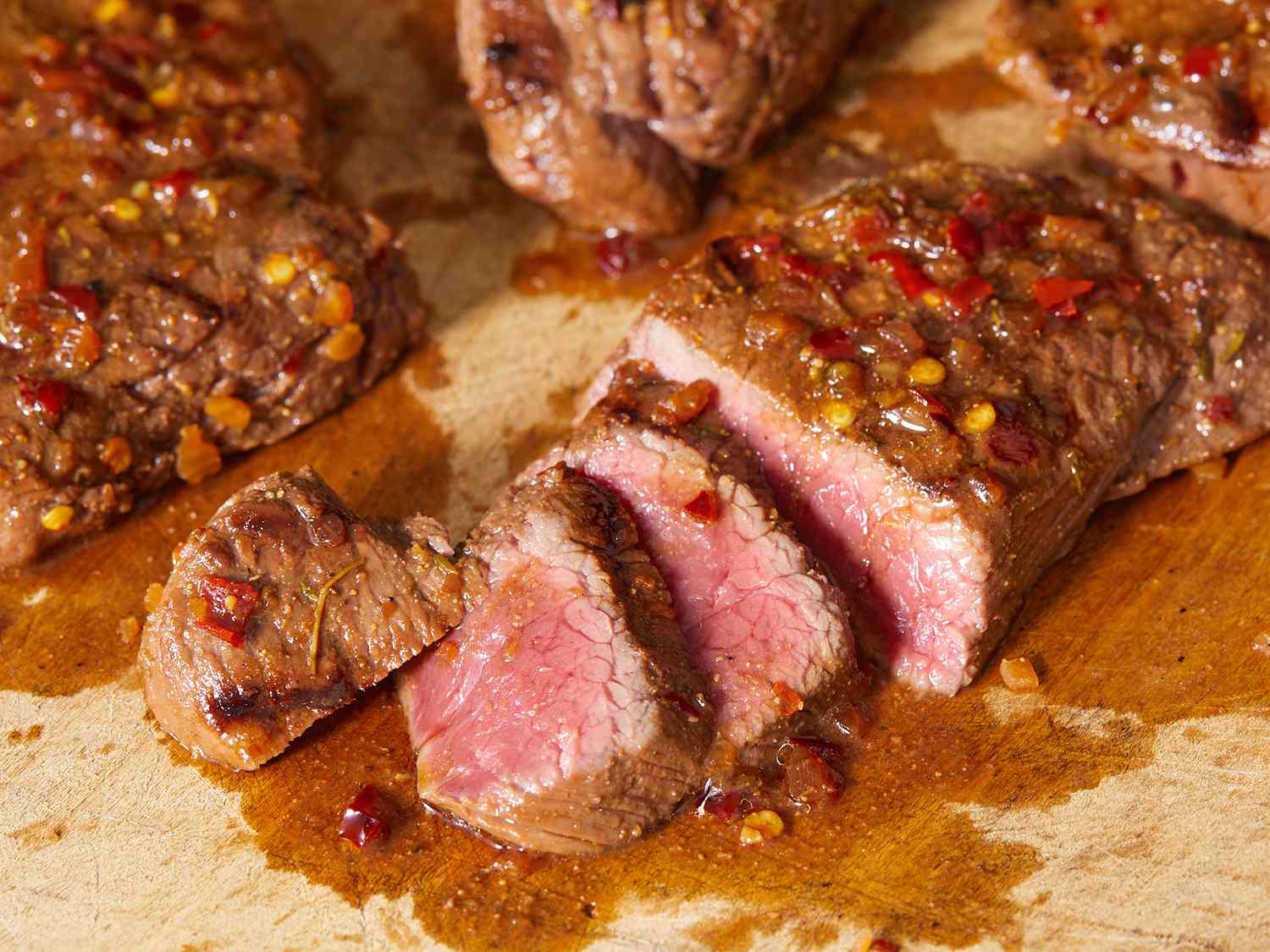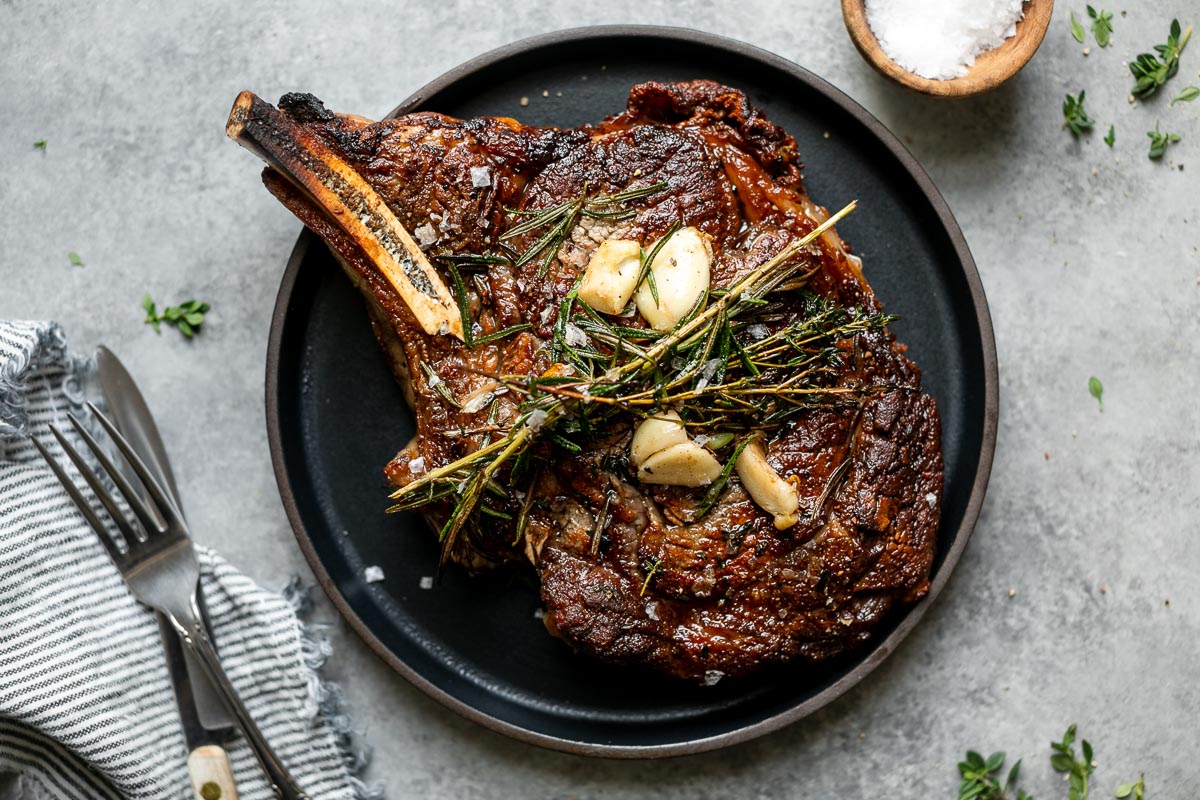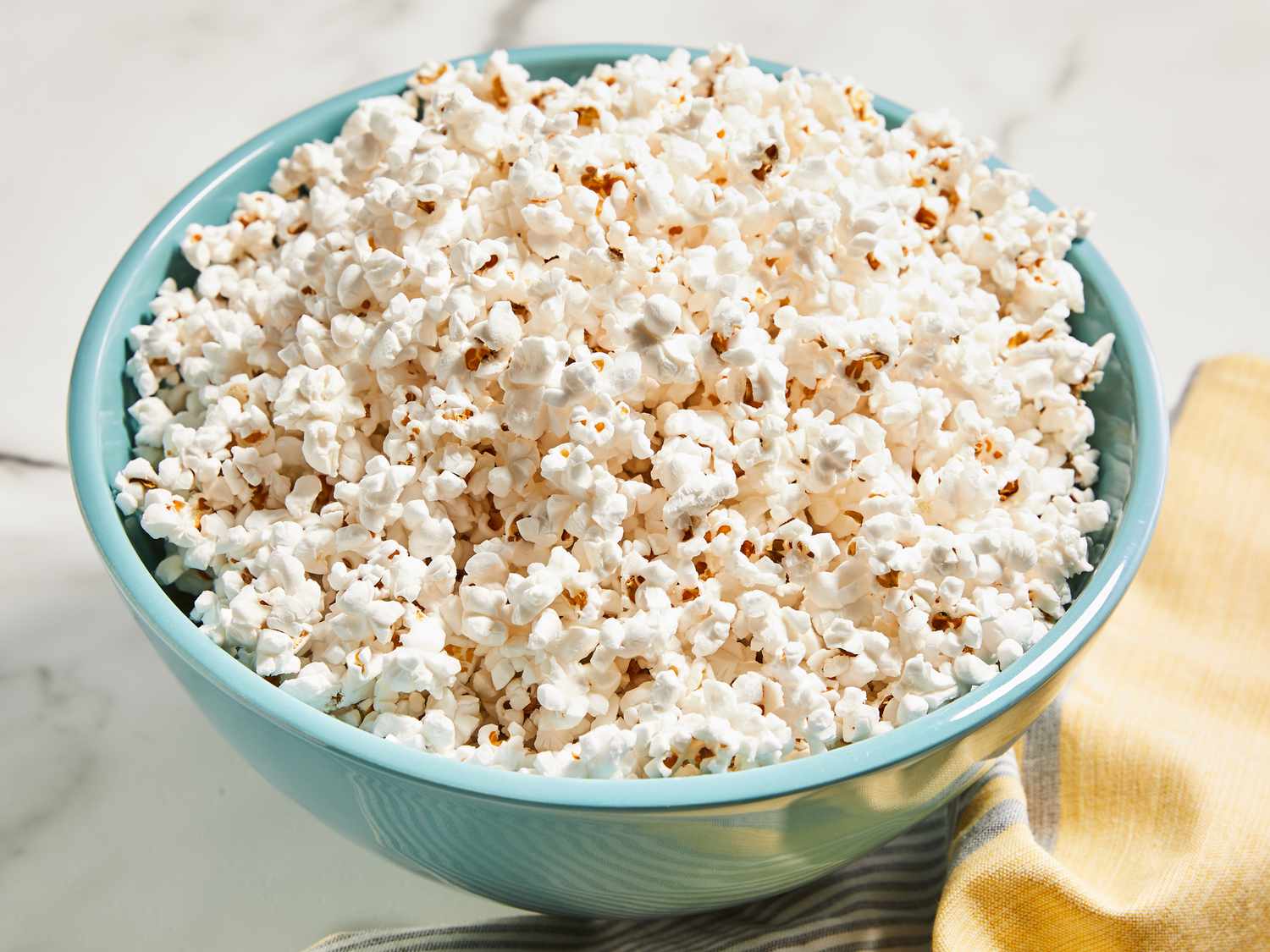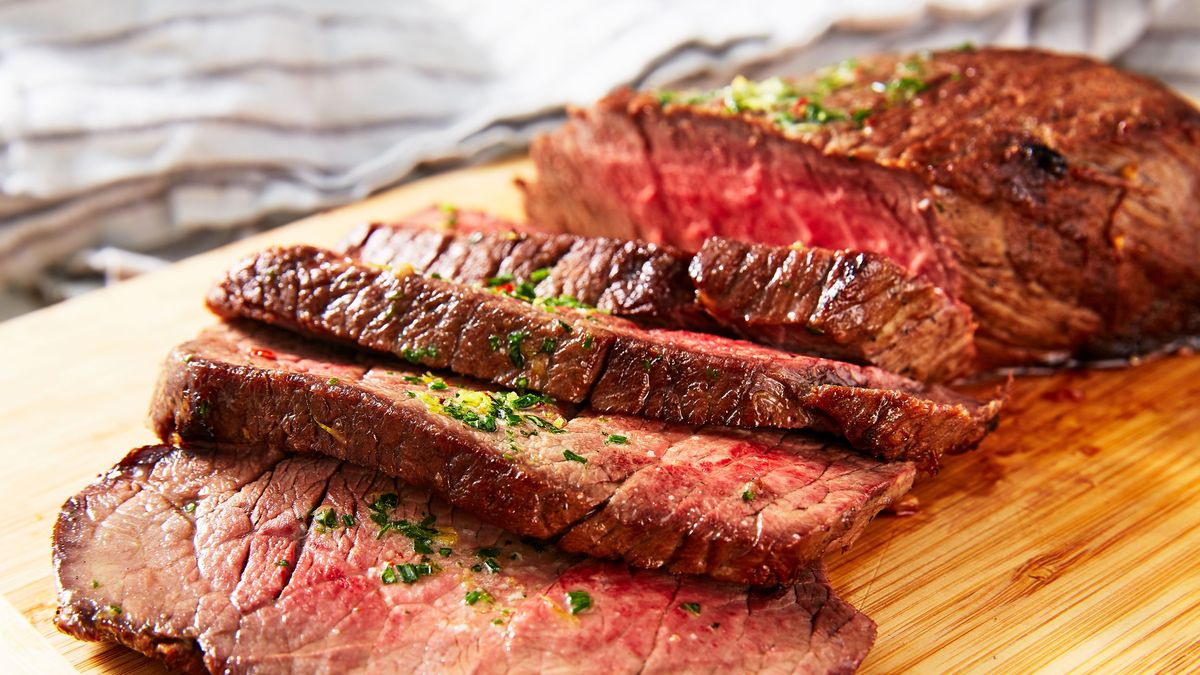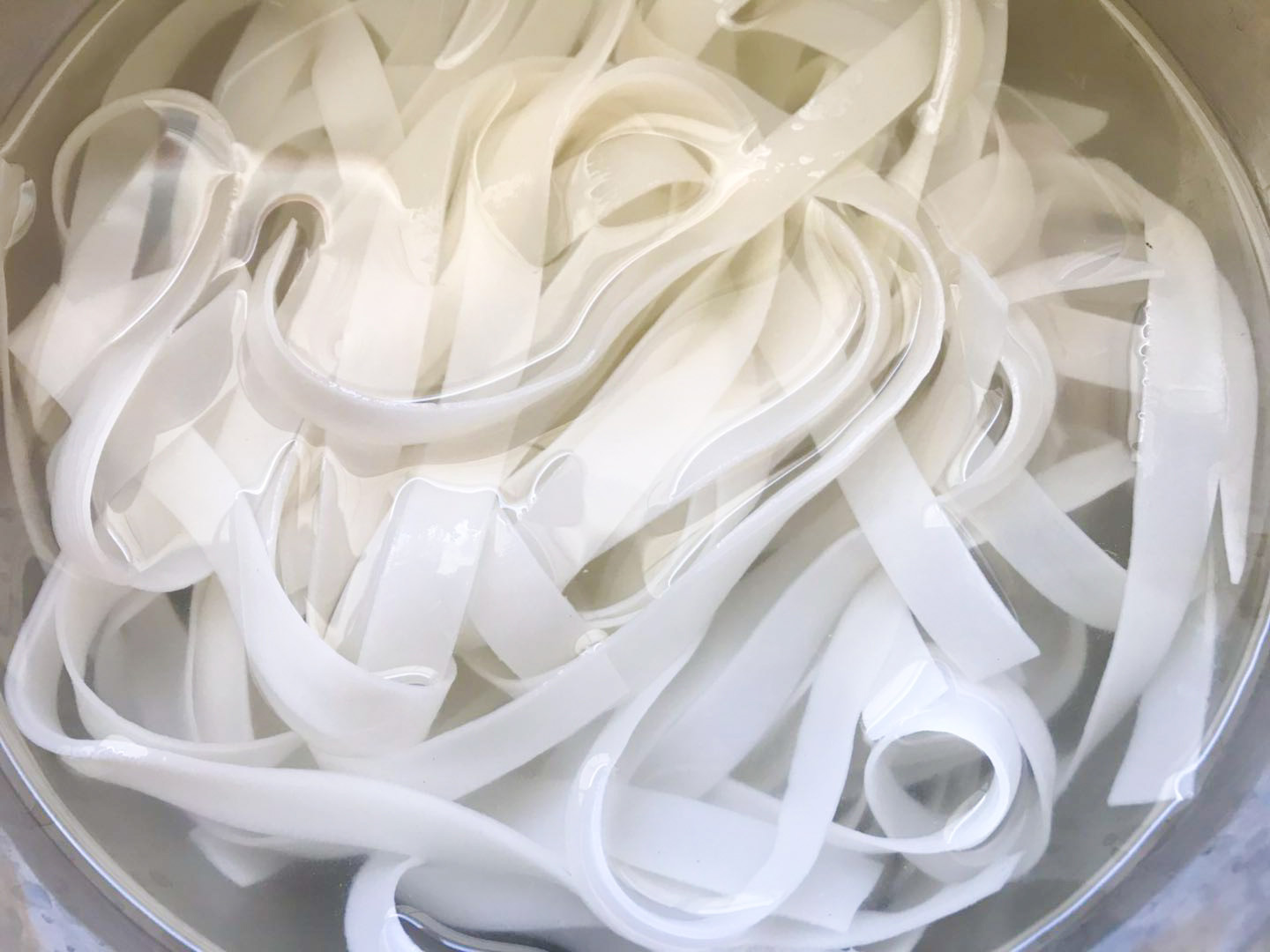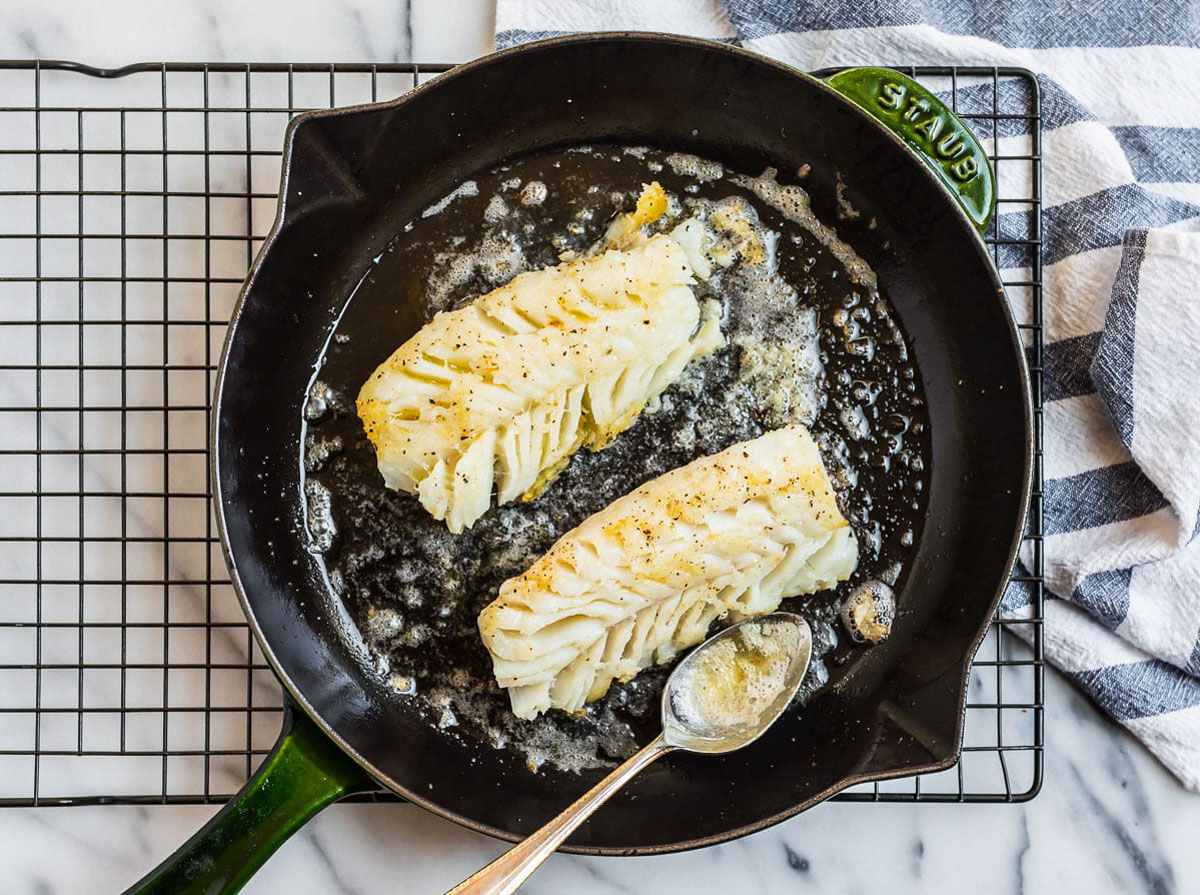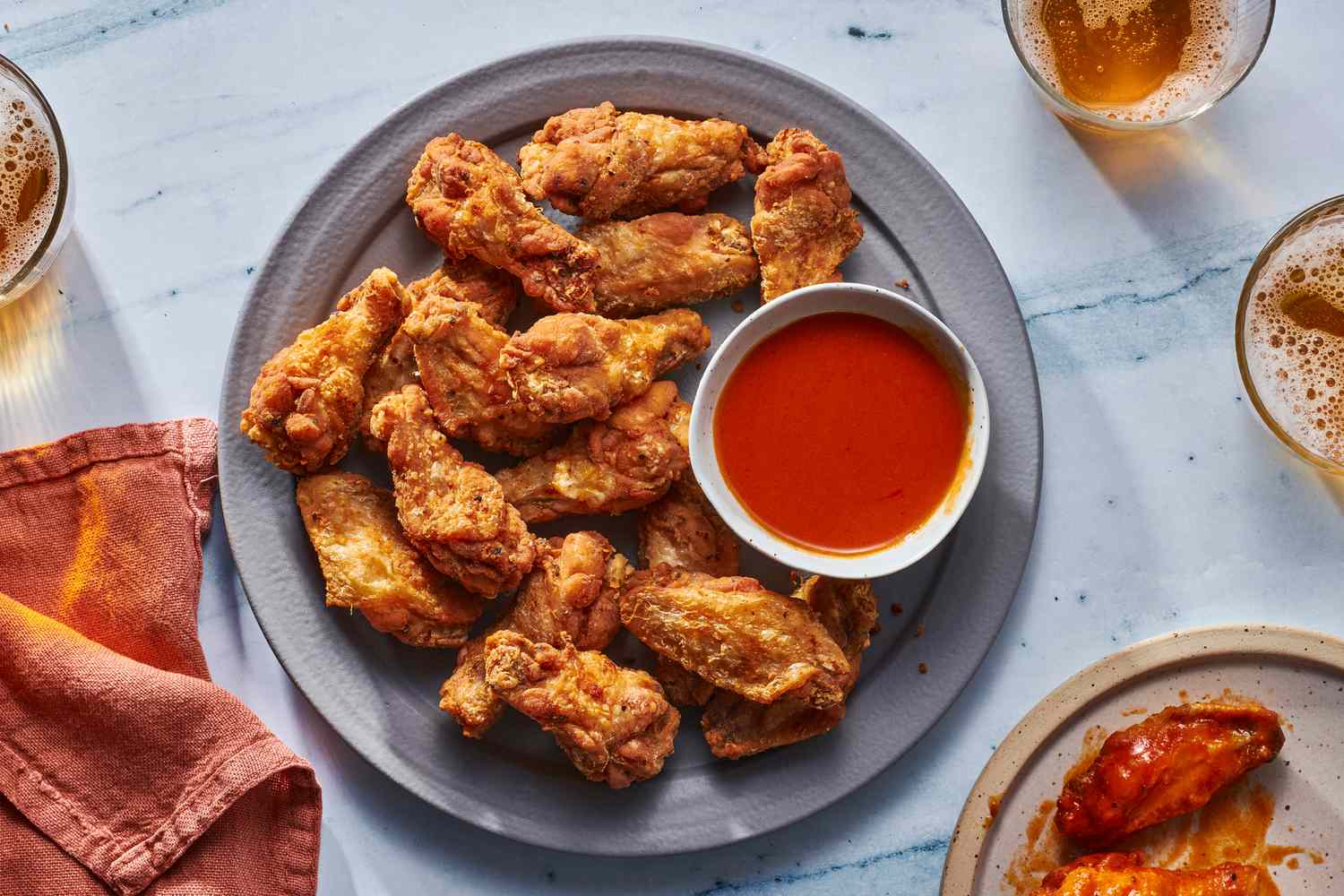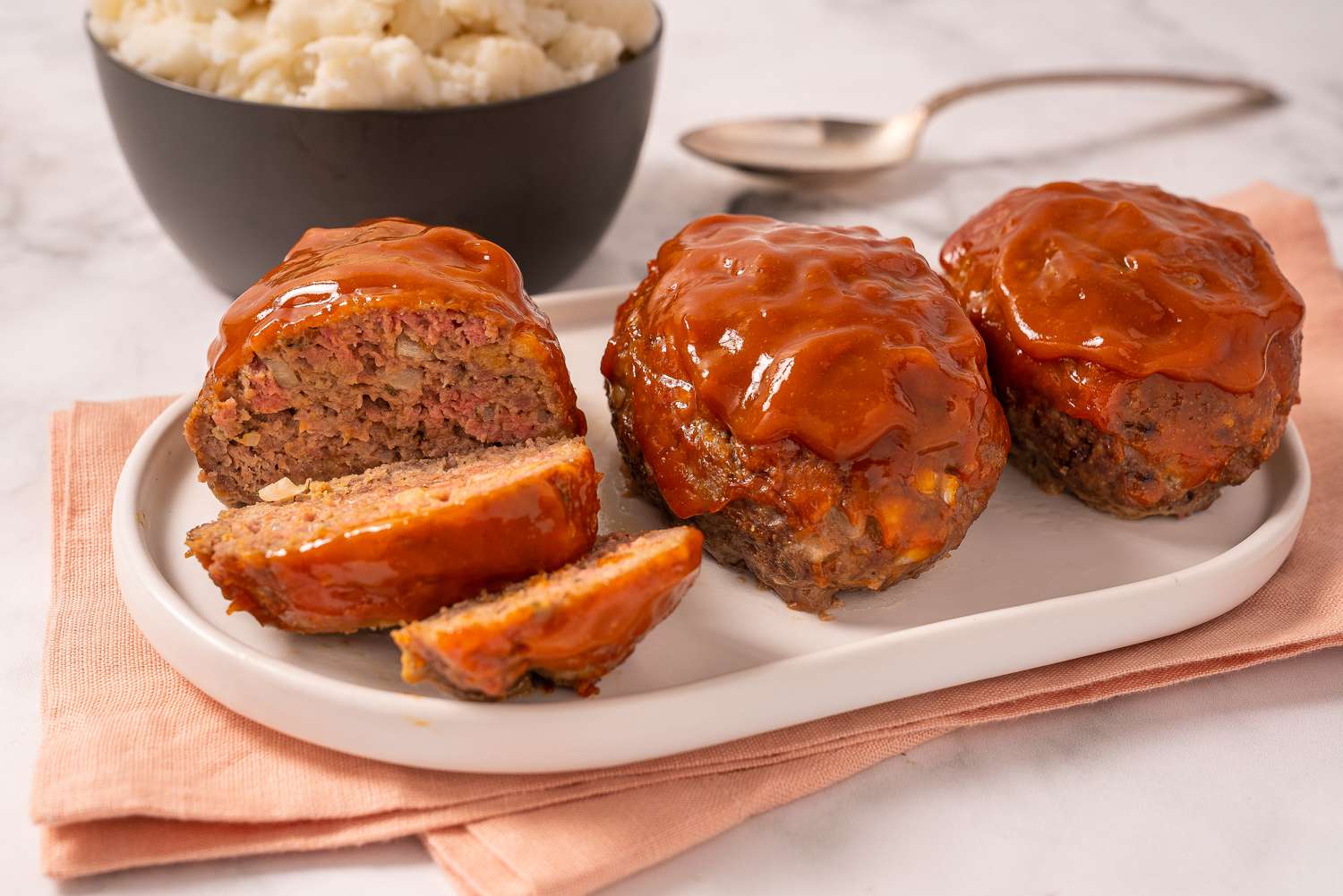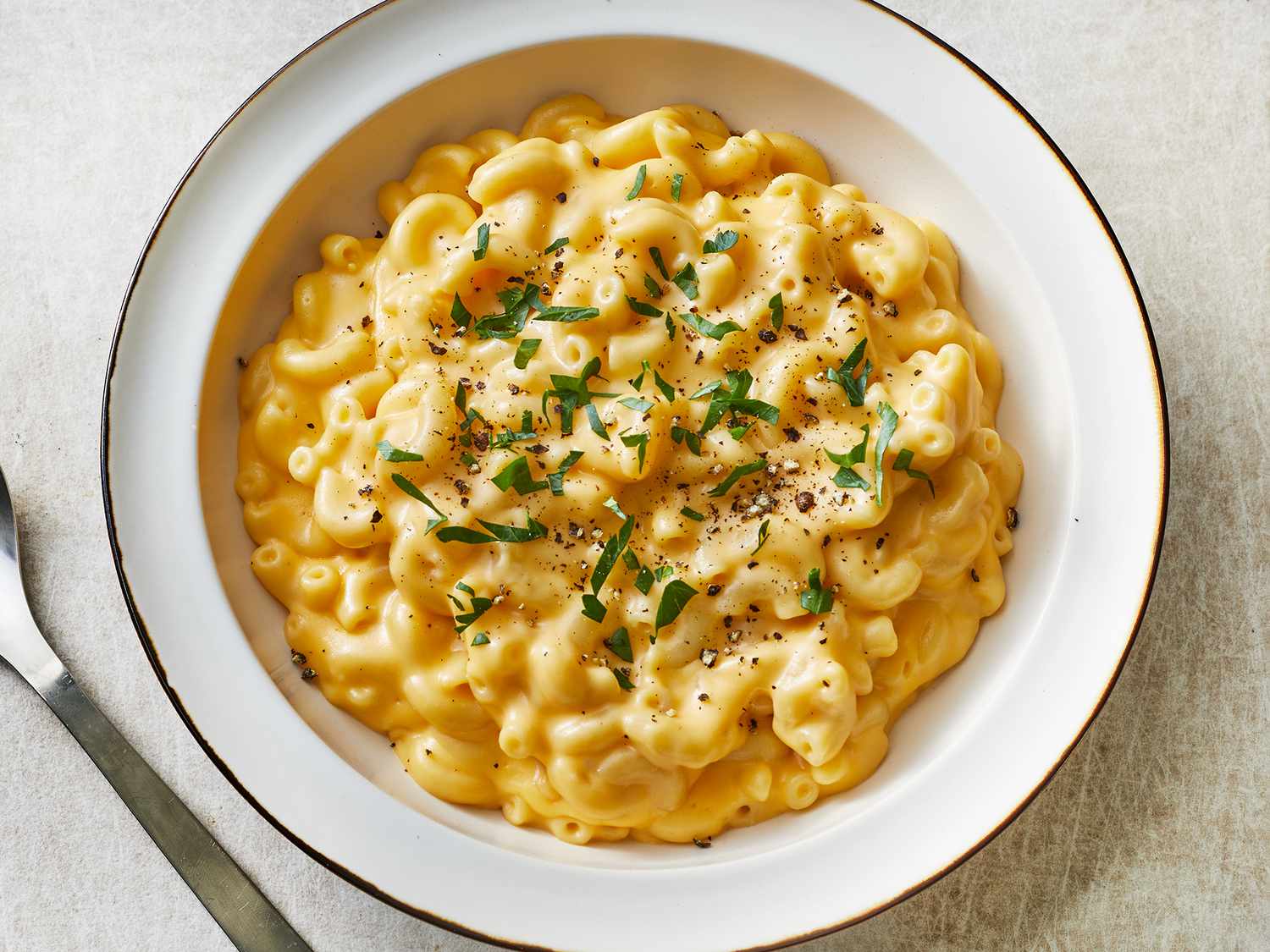Delicious Baby Back Ribs: Oven Baked Perfection!
Are you craving tender and juicy baby back ribs, but don’t have a grill? Don’t worry, we’ve got you covered! In this guide, we’ll teach you how to cook 3 lbs of mouthwatering baby back ribs in the oven, ensuring they turn out perfectly every time. Let’s get started on this finger-licking journey!
Preparation is Key
Before diving into the cooking process, there are a few crucial steps you need to follow to ensure your baby back ribs come out tender and flavorful.
- First, remove the membrane from the back of the ribs. This will allow the flavors to penetrate the meat better and give you that fall-off-the-bone texture you desire. Score the membrane with a sharp knife and then use a paper towel to grip and pull it off.
- Next, season your baby back ribs generously with a dry rub. You can use a pre-made rub or create your own blend of spices. A classic combination includes ingredients like brown sugar, paprika, garlic powder, onion powder, salt, and pepper. Massage the dry rub into the meat, ensuring every nook and cranny is coated for maximum flavor.
- For an extra burst of flavor, you can marinate the ribs overnight in the refrigerator. While this step is optional, it can elevate the taste and tenderness to new heights. Use a ziplock bag or a covered dish to let the flavors work their magic.
The Cooking Process
Now that your baby back ribs are ready to go, it’s time to fire up the oven and let them bake to perfection.
- Preheat your oven to 275°F (135°C). This low and slow method will ensure tender and moist ribs.
- Wrap the seasoned ribs tightly with aluminum foil, creating a pouch to seal in all the goodness. Place the pouch on a baking sheet to catch any drippings.
- Cook the ribs in the preheated oven for around 2.5 to 3 hours. This slow cooking process allows the meat to become tender and juicy while letting the flavors meld together.
- After the initial cooking time, carefully unwrap the foil and brush your favorite barbecue sauce generously over the ribs. This step adds a lovely glaze and caramelization.
- Return the unwrapped ribs to the oven for an additional 15-20 minutes, or until the sauce becomes sticky and begins to caramelize.
Let’s Dig In!
Once your baby back ribs are finished cooking, remove them from the oven and allow them to rest for a few minutes. This resting period helps the meat to retain its juices and allows for easier slicing.
Now it’s time to enjoy the fruits of your labor! Slice your ribs between the bones and serve them up with your favorite side dishes. Whether it’s cornbread, coleslaw, or mac and cheese, these delectable ribs are certain to become the star of the show.
Remember, cooking baby back ribs in the oven is a fantastic alternative when grilling isn’t possible. With a little patience and attention to detail, you can create a mouthwatering dish that will have everyone asking for seconds. So, get those ribs prepped, pop them in the oven, and get ready to savor every delicious bite!
Was this page helpful?
Read Next: How To Cook Hard Boiled Eggs In Pressure Cooker
Cary Trees
SPOTTING THE SIGNS OF 10 COMMON TREE DISEASES A great addition to any landscape is a healthy tree. However, sick and diseased trees in your yard might endanger your family's and your property's safety. You may detect and remove sick trees for your yard with the assistance of a tree service company that provides tree removal in Decatur and Atlanta. Our professional arborists will offer you the services you need to guarantee that your trees are healthy and robust, including anything from emergency tree cutting to standard tree removal. Here are 10 of the most prevalent tree diseases' symptoms so you can decide whether it's time to plan tree removal. Also known as Tree Diseases, Tree Removal (1) Leaf rust A tree that has leaf rust may get recognizable orange or reddish spots on its leaves. 2. Blight Fire Even though a fire has never touched a tree, fire blight causes it to seem burned or charred. 3. Powdery Mildew Look for damage or unusual colorations in the leaves of your trees to gauge their health. You may have a powdery mildew infestation when the leaves on your trees look dusty or white. 4. Gall The term "gall" refers to a particular kind of fungus that grows on established trees' trunks and branches. 5. Broom of Witches Witch's broom, as its name implies, is a collection of broom-like branches and twigs that can appear in the middle of a tree limb. 6. Herpes White growths along a tree's trunk are a canker. 7. Leaf Spot Leaf spot results in discoloration on a tree's leaves, much like leaf rust. (8) The Japanese Beetle An invasive species known as the Japanese beetle can gorge itself on the leaves of the trees in your yard. The Japanese beetle may be recognized by its brown thorax. 9. Emerald Ash Borer The vivid green emerald ash borer insect can destroy a mature tree. 10. Bagworm Bagworms are insects that resemble grubs and eat old tree branches and leaves.
